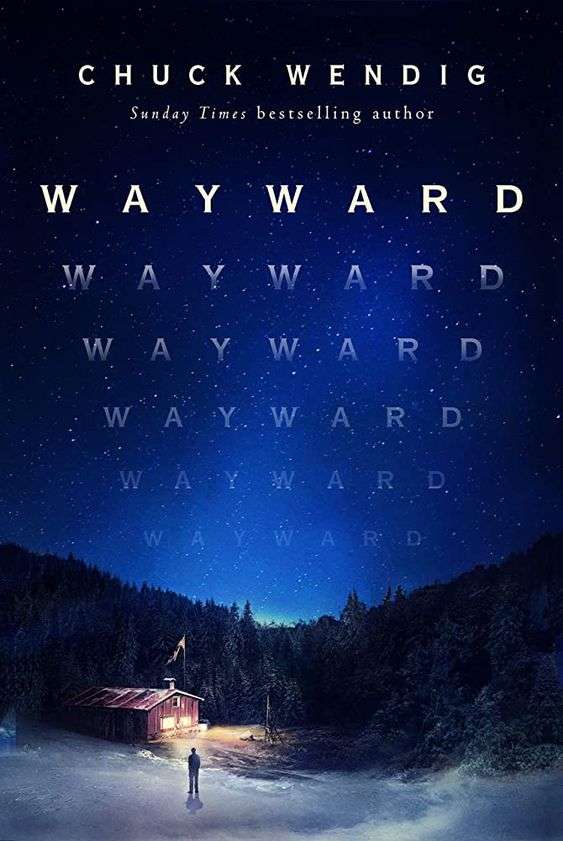We’ve implemented some new protocols around sending us messages via this website. Please email website “at” britishfantasysociety “dot” org for any issues.

For all things fantasy, horror, and speculative fiction
-
Announcement:

WAYWARD by Chuck Wendig from Del Ray #BookReview #dystopian #horror #thriller
WAYWARD by Chuck Wendig
Del Rey, Hardback, £22
Reviewed by Stephen Frame

Wayward is the sequel to Wanderers, Chuck Wendig’s novel about a world-ending pandemic. Like Wanderers, Wayward is part techno-thriller, part dystopian SF, and part horror story, told from multiple points of view. Wayward picks up on what happens after the epidemic has passed and how the survivors deal with their new existence. The cast of characters remains the same, including the villains, and the story length remains the same, coming in at around 800 pages. The heroes of the story now face two threats; the artificial intelligence, Black Swan and the forces of the crazed former president, Ed Creel.
If you’ve read Wanderers and enjoyed it, likely you’ll want to read Wayward. I was looking forward to it too. I found Wanderers easy-reading and fast-moving. Where it was overly long, it managed to overcome that drawback in the excitement stakes. Wayward is just overly long. It’s a book which meanders its way into the main plot. One hundred pages in, it felt like it was just getting going. There is a lot of filler. It reads too much like a knock-off of Stephen King’s, The Stand, right down to having a dog as a point of view character and being loaded with pop culture references, which come frequently enough to be intrusive.
Of the two main story arcs, the one with the Black Swan AI is the more interesting. It promises a lot, with a neat Frankenstein-style vibe, but ultimately delivers a fairly mundane outcome of a megalomanic computer becoming more human-like and being unable to deal with its new-found emotions. It feels like a missed opportunity to say something more interesting about our own arising dilemmas with AI. The second main arc, the threat from the surviving US president and his white supremacist forces, comes across as a well-meant but heavy-handed critique of the current state of US politics and a certain orange-hued individual. It plays out on the page as fairly standard post-apocalyptic fare. Where the story does shine most is when it describes the various different communities that grow up in the post-pandemic world and how they manage to thrive (or not) in these circumstances, but these are side-shows to the main plot. As in Wanderers, there is some fairly shonky engineering around the capabilities of nano-bots, which borders on magical and doesn’t sit comfortably in a near-present-day setting.
Explore the blog:
Blog categories:
Latest Posts:
Tags:
#featured (56) #science fiction (25) Book Review (264) events (44) Fantasy (231) Graphic Novel (13) horror (136) Members (62) Orbit Books (48) profile (43) Romance (17) Science Fiction (50) short stories (28) Titan Books (52) TV Review (15)
All reviews
Latest Reviews:
- THE HOUSE ON THE BORDERLAND by William Hope Hodgson
- Monstrum by Lottie Mills
- Mood Swings by Dave Jeffery
- Yoke of Stars by R.B. Lemberg
- Hera by Jennifer Saint
- The Black Bird Oracle by Deborah Harkness
- RETURN OF THE DWARVES By Markus Heitz
- Delicious in Dungeon
- Toxxic by Jane Hennigan
- THIS ISLAND EARTH: 8 FEATURES FROM THE DRIVE-IN By Dale Bailey
Review tags:
#featured (2) Action (4) Adventure (4) Book Review (28) Fantasy (18) Featured (2) Feminist (2) Gothic Horror (3) Horror (14) Magic (3) Orbit Books (3) Romance (6) Science Fiction (5) Swords and Sorcery (2) Titan Books (7)